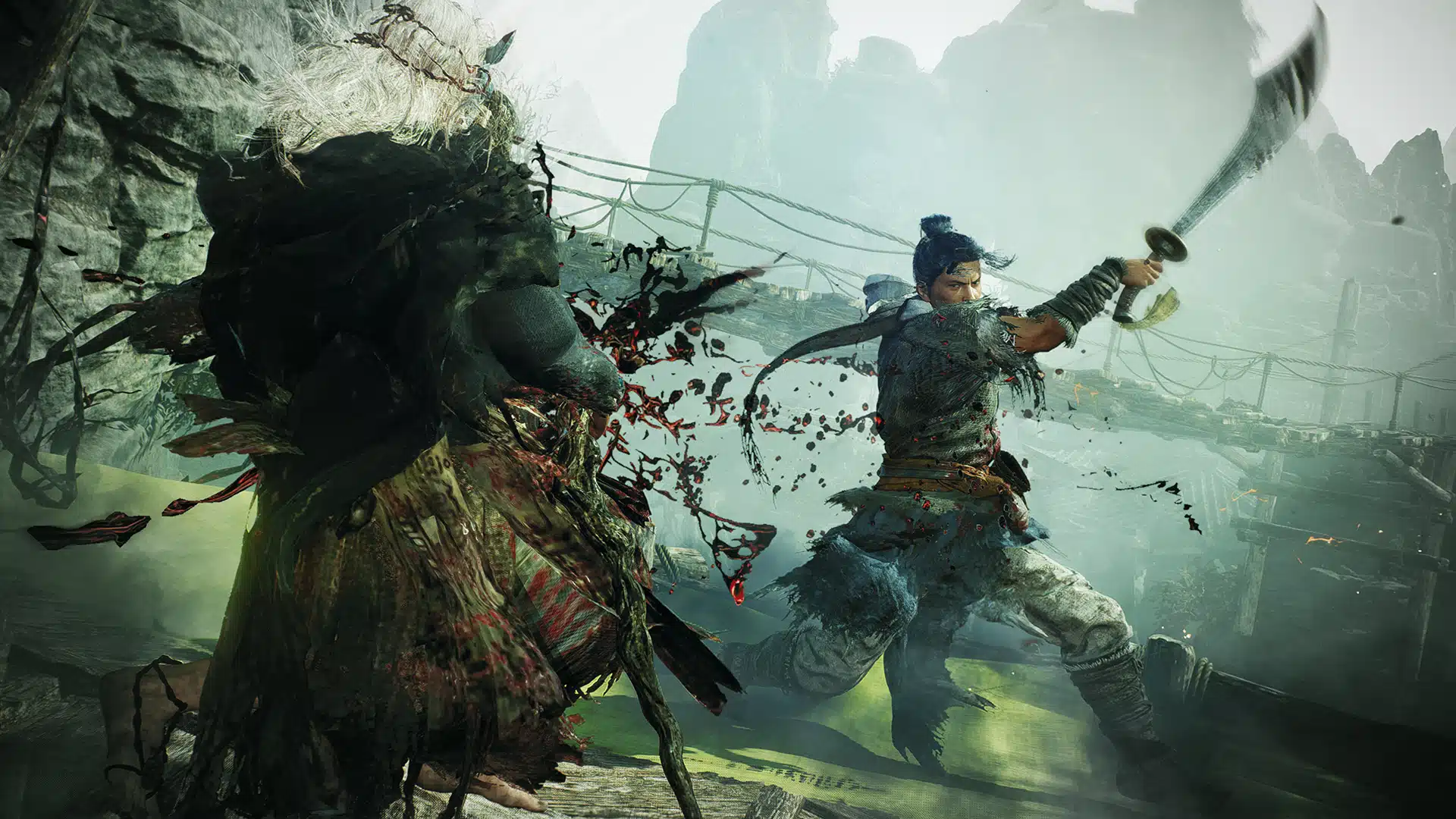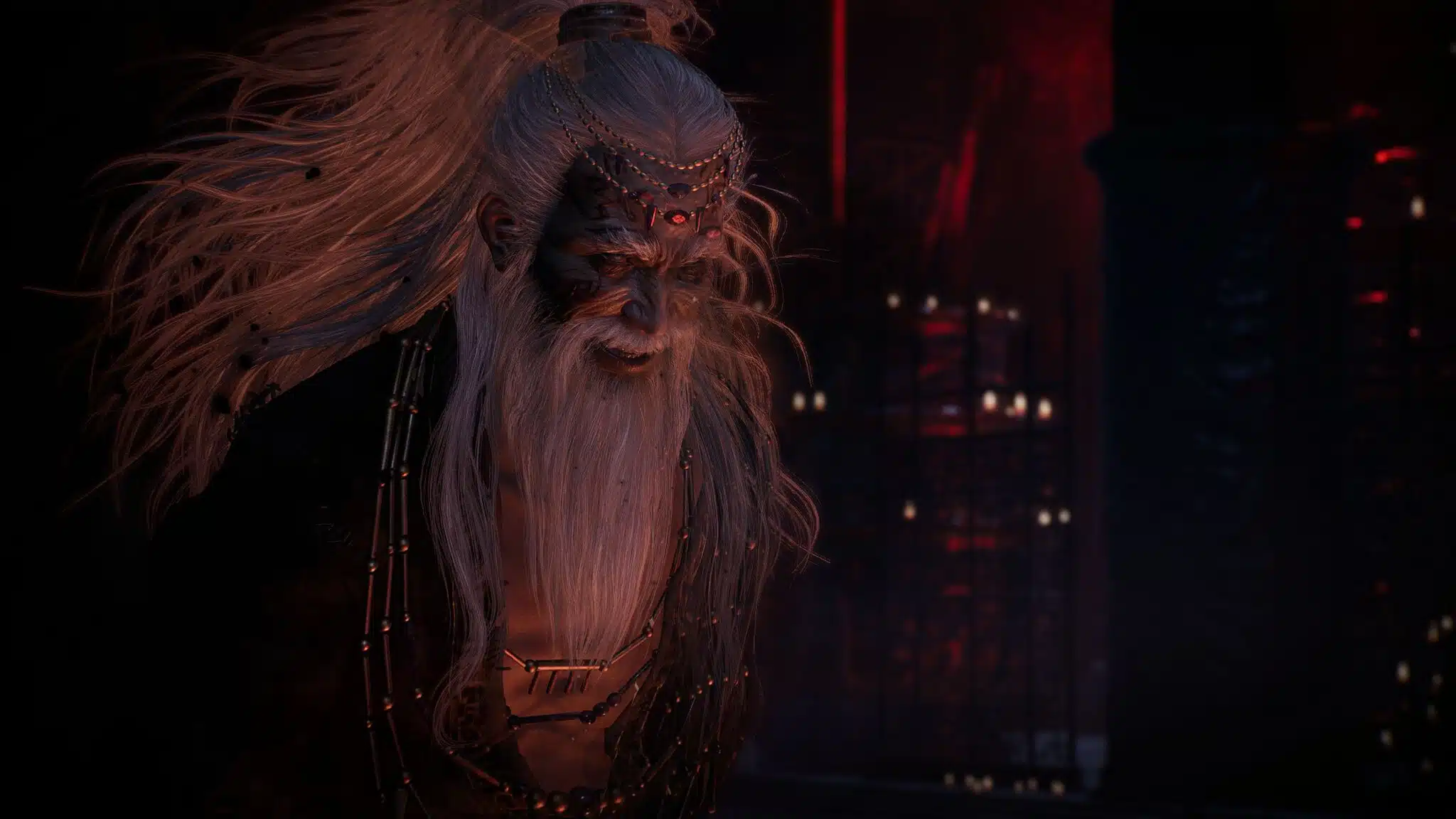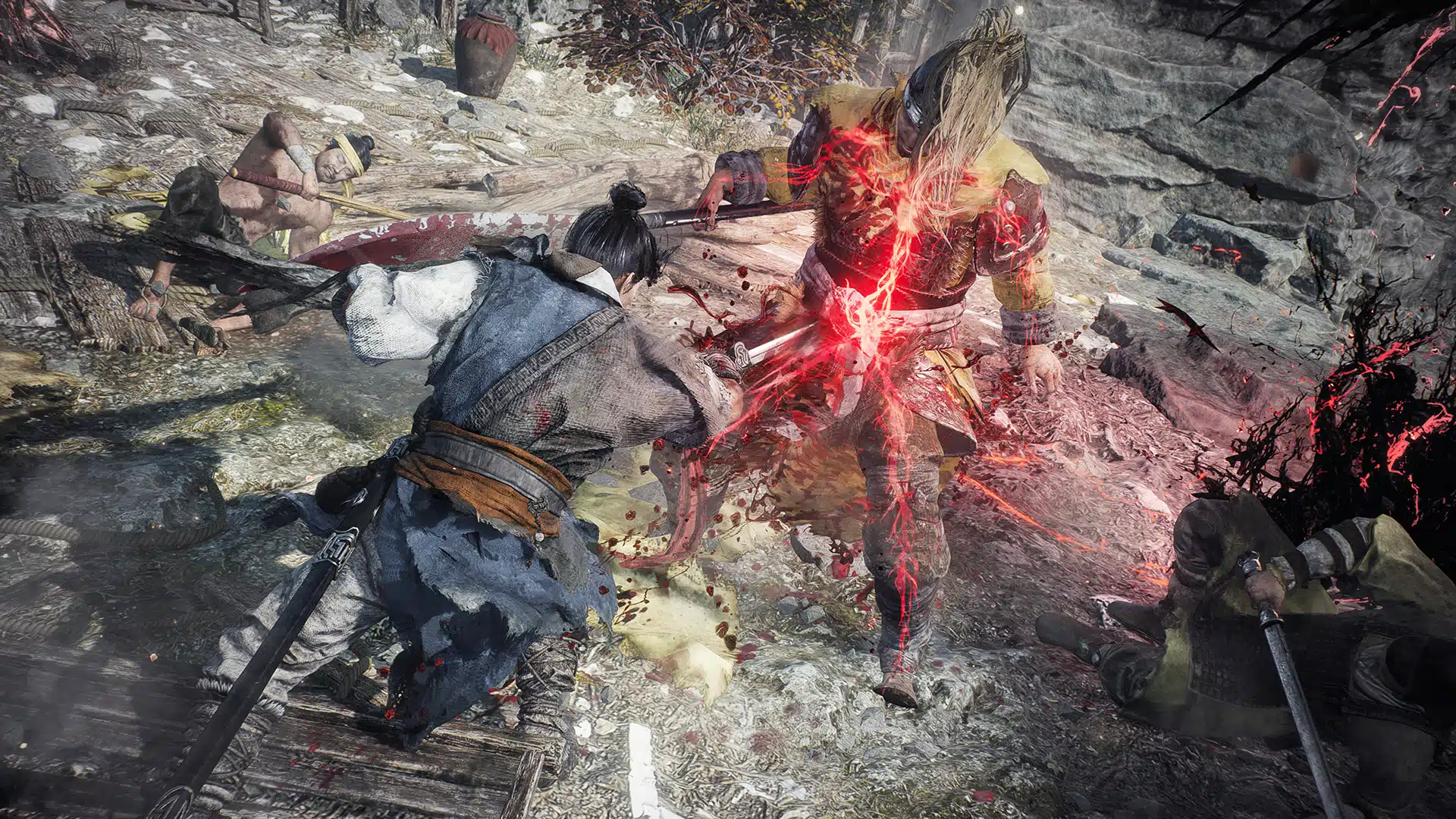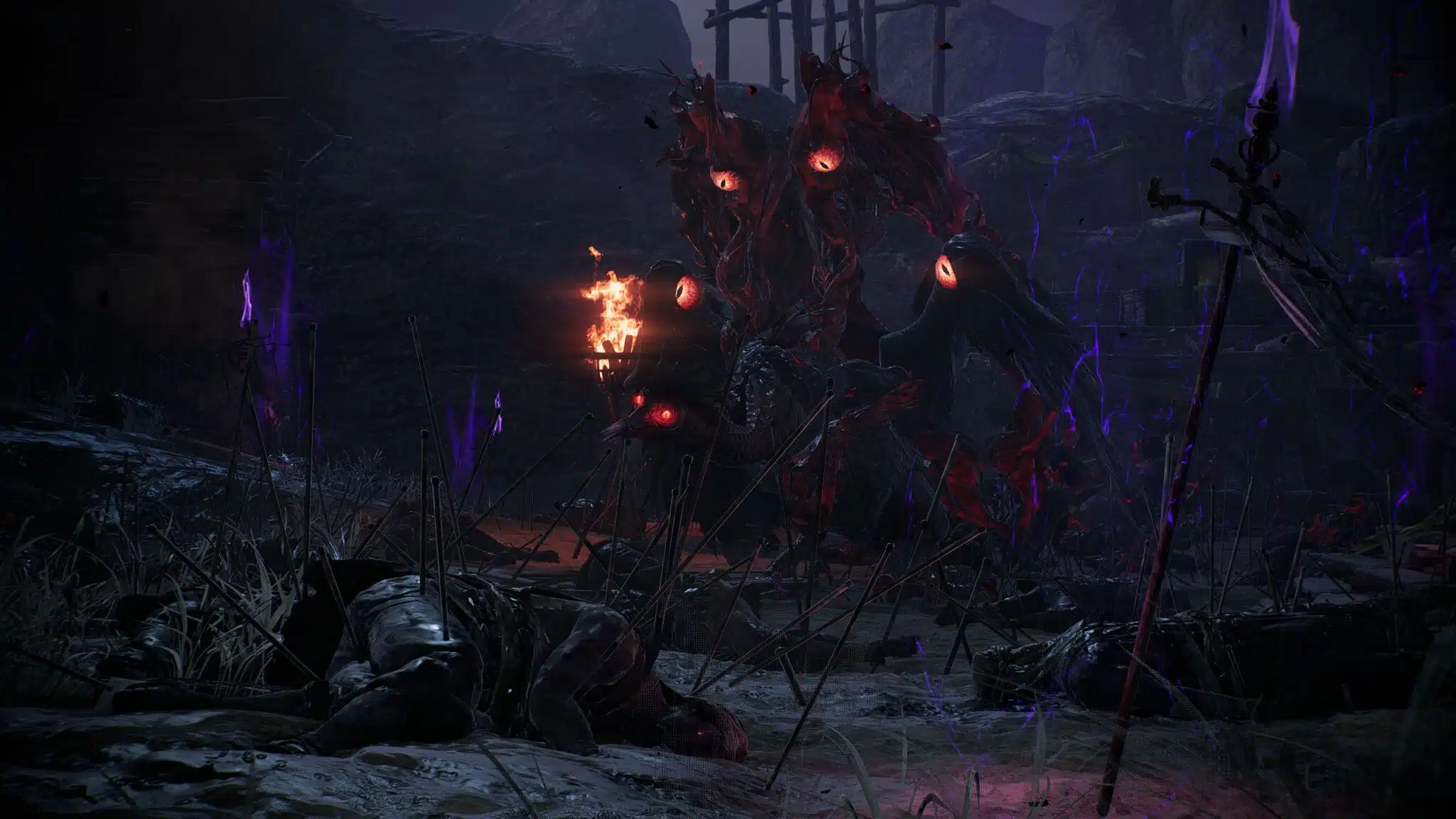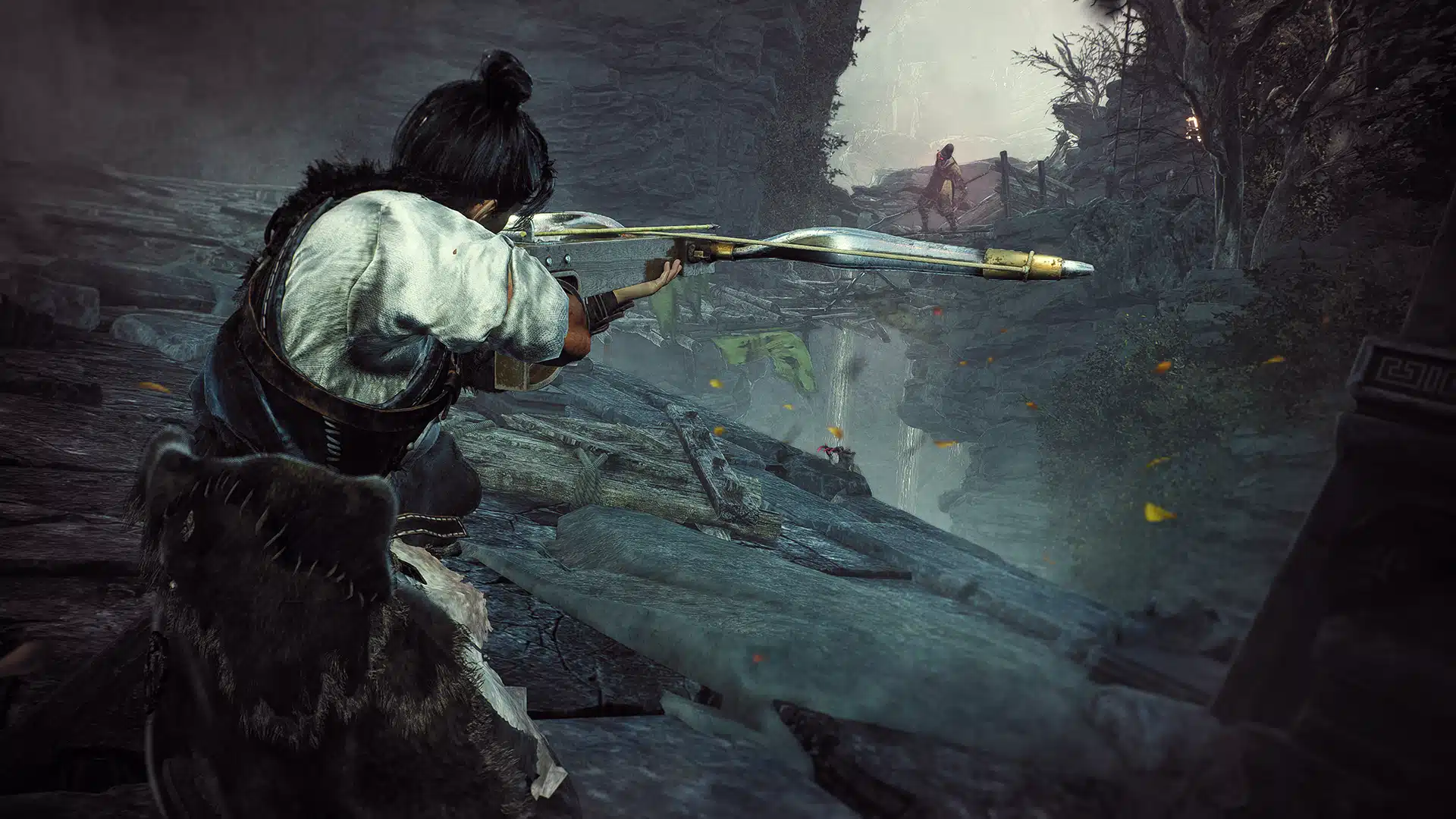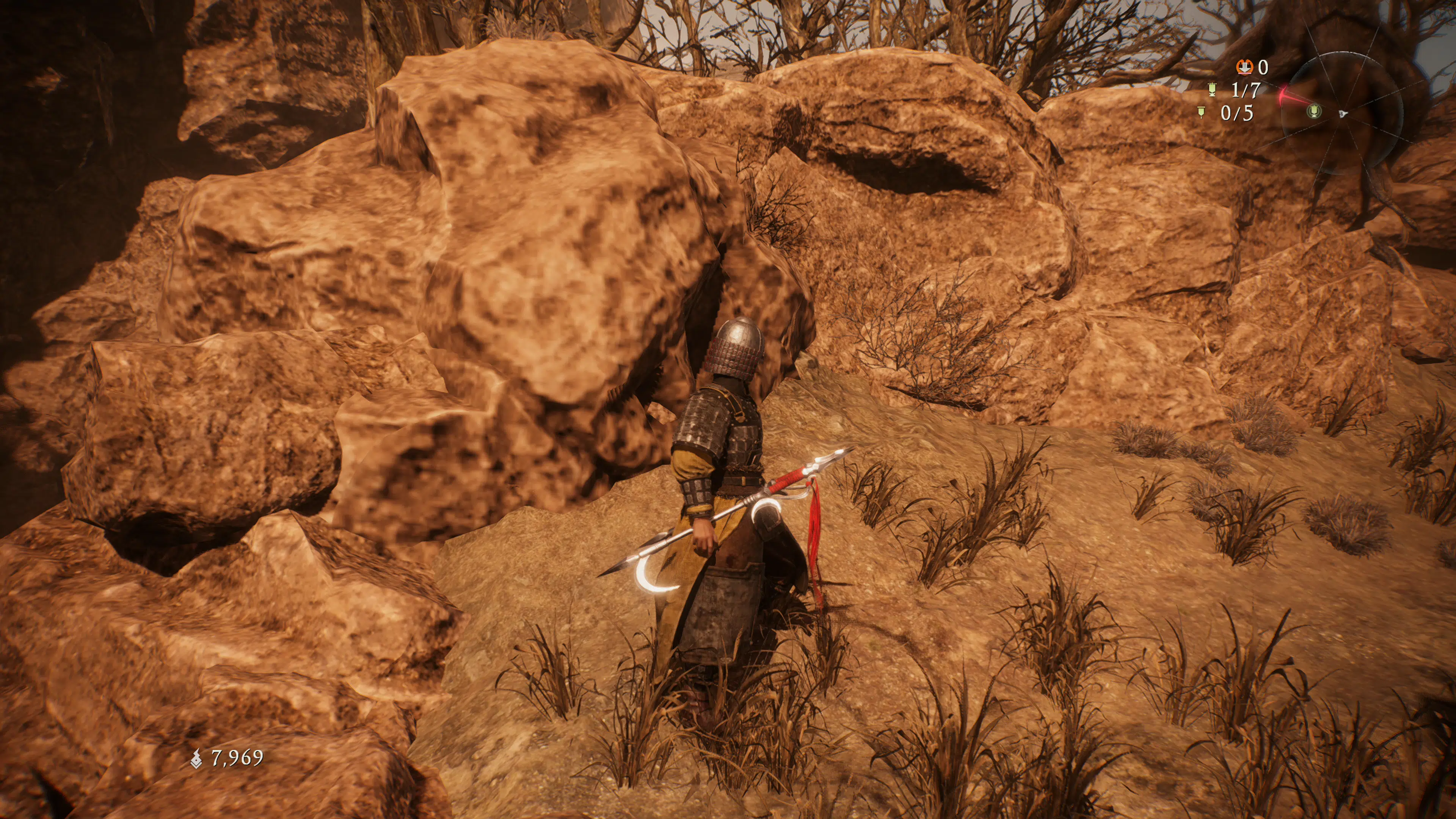After two years of development, Wo Long: Fallen Dynasty, Team Ninja’s next new franchise, has finally arrived! Is it the Nioh successor you were hoping for? Or does it fall under the weight of all the Souls-like games before it? Read on for the MP1st Wo Long: Fallen Dynasty review.
The Three Kingdoms
Taking place during the era of the Later Han Dynasty, Wo Long: Fallen Dynasty will see players through a dark, fantasized version of The Three Kingdoms. Like all Souls-borne-inspired titles, you’ll start as a customizable nameless soldier whose fate becomes intertwined with the heroes and villains of the era. A dark and sinister force has arisen, and with it, demons inspired by Chinese Folklore have begun wreaking havoc on the land. Those once thought to be noble heroes have become corrupted, and it’s up to you to end their reign of terror. Luckily you won’t be alone, as along the way, you’ll meet a number of familiar historical figures who will fight alongside you until the very end.
In terms of story, Wo Long: Fallen Dynasty shares a similar format as Nioh 1 and 2, Team Ninja’s previous title.
It’s a deep story if you can follow it, with lots to tell, and like Nioh, you should expect the main campaign to be long, with it taking roughly 14-18 hours for me to complete. You’ll have several main missions, each providing context to the story, be that dialogue from a companion tagging along or through stunning and gorgeously done CGI videos. Not to mention there are loads of side missions and a NG+ that offers higher difficulty. Replay value is nothing you should worry about here.
Additionally, there is a small hub zone that players can visit. Meeting and saving NPCs along your journey will populate this hub zone, but you’ll most likely visit for the blacksmith.
- Related Reading: Wo Long: Fallen Dynasty PC System Requirements, Console Graphics Modes & More Revealed in FAQ
If you loved the tale in Nioh, you’ll take a liking to the one in Wo Long. I know I enjoyed it, and although it was hard to follow at times, I still had lots of fun playing through and seeing Team Ninja’s spin on these historical characters.
One thing I liked more in Wo Long than in Nioh is how streamlined the missions are. A small change is there’s no map overview anymore that lets you move a cursor around and select missions. It’s all listed, divided by chapters, a welcomed change.
Then there’s how the game handles main missions. If you find yourself in a bind and want to go off and grind a side mission or go and visit the blacksmith, you can leave anytime and come back later to continue progression. You won’t have to start all over if you decide you aren’t ready to face the boss yet.
Shadows Die Twice
One of the most significant differences between Wo Long and Nioh is the introduction of Spirit Gauge. Every enemy has a spirit gauge that can be filled to cause spirit disruption, allowing you to perform a fatal blow (think posture bar from Sekiro). At the same time, you also have one, where if filled, enemies can stun you momentarily, leaving you open to attacks.
It’s an interesting system, though, in execution, it does feel a bit messy. There’s a push-pull mechanic with it, and while it’s tied to the defensive portion of combat, it’s also connected to your offense. There may not be a stamina bar in Wo Long, but the Spirit Gauge somewhat serves as one, as it’ll limit the heavy attacks you can deal with and even your magic usage.
I’m not a magic main, but I can see where this system limits those who plan on using a complete magic build, as I found the cost far too high. That spirit gauge fills up for every magic and heavy strike you perform. It doesn’t take much either, as a few spells will top it off. I could land a couple of spells on a boss, but the window for them to follow up with an attack and leave you stunned is tiny, where you’d be better off conserving the gauge for light and heavy attacks and a mix of martial arts (weapon’s specials).
Personally, I’m not a fan of the spirit gauge being tied to the offensive side of Wo Long, as it limits what you can and can’t do. Magic already feels relatively weak in Wo Long outside a few higher-level spells, enchantments, and enemy weaknesses, and the spirit gauge makes it even worse. It’s not to say that magic is useless in Wo Long, but its cost outweighs the benefits. This is probably due to Team Ninja learning from Nioh, as magic in those games could get ridiculously out of hand. That’s not to say that using magic is impossible, but you’ll find Wo Long is much more lenient to those playing the parry/deflection game instead, which is the defensive side of the spirit gauge.
Deflection is critical in Wo Long, as every enemy attack can be fatal, especially the ones that cause animation locks. These deflection windows are small, but weapon choice and stats can help counteract that by increasing it and making it more accessible. It definitely takes time to get used to, but once you get past the intro (a part I even found challenging), the system will eventually click.
It’s enjoyable for the most part if you can get over the learning curve, though in the mid to late portion of the game, it did get overwhelming with tighter windows.
Another difference is the moral and fortitude system. Enemies have moral levels, and the higher it is, the more challenging they’ll be. Every time you start a mission, you’ll have zero moral. Slaying enemies will increase that moral, but securing flags will raise the base level of it, so when you die, you’ll always start at a specific moral rank. It’s another leveling system on top of your standard soul leveling. Leveling it will decrease the damage taken from enemies, as well as unlock spells and abilities restricted by low moral ranking.
I don’t know how I feel about the system. On the one hand, it’s an excellent way to make the game harder than it is, but on the other hand, I felt it reinforces the idea of rushing through stages. That likely isn’t its fault entirely, as the stages aren’t what I call memorable. Wo Long suffers from the same issue that Nioh had, where once you’ve played the first few missions, you’d have likely seen most of what the game has to offer.
Environments all had the same look and feel, and the enemy variation didn’t help much either. Sure, they may have a different layout, but there’s so much copy and pasting that it all starts to blend in. They’re “larger,” but that doesn’t mean much when it reuses the same thing repeatedly. Don’t be surprised if you feel like the levels are ripped straight out of Nioh either, as there were constant reminders throughout.
At some point mid-game, it started to feel more like a drag, with the moral system limiting you from speed running to the boss, so you end up running to the flags instead. To be clear, I don’t typically run through levels in a Souls game, I like to take my time, but that’s hard to do when facing a group of rank 15 moral enemies while at rank 0.
That could be a me problem, but I can’t say I was too fond of the system by the end of the game. It felt like it was there solely to inflate the difficulty artificially so that you could be forced to navigate to parts of the map.
Nioh players will also take notice of the lack of stances and skill trees for weapons. While the combat of Wo Long is fun, the lack of the two mentioned mechanics, plus having a small loot pool, does make it lack variation with its combat. Weapons have martial arts (special attacks pre-rolled) that add to it, at least.
That doesn’t mean that the combat is worse than Nioh. Quite the opposite, as I found it to be Wo Long’s biggest strength. It’s more akin to, say, Sekiro than it is Nioh, putting a heavy focus on the weapons and players’ skills and ability to predict and deflect attacks rather than what kind of builds you can make (though that’s there.) Crazy combos from Nioh are still very much possible, and with seamless weapon switching still intact, you’ll find the combat relatively fast-paced and loaded with action. I liked the combat a lot; it’s just the mechanics in-between it could have been fleshed out more or better designed.
If you’re finding the game to be too hard though you could always summon a friend, ask for help online, and even recruit AI companions. Because the review process was light on the former options, I opted to use the AI companions during my playthrough. They can be a bit dumb at times but found them to be more helpful when taking on mobs, or aggro-ing a boss.
There are also Divine Beats, which work in a similar fashion as Guardian Spirits from Nioh. They have two ways of being used, one is summoning which summons a beast to perform a special attack or ability, and the other is resonation. Resonation essentially imbues the power of a Divine Beast on your character or weapon, granting you a number of effects. Those effects all depend on which Divine Beast you select, but they all apply some form of elemental on weapons and two additional effects. So for example, Divine Beast Qilin will apply stone damage on a weapon, with a decrease in HP damage taken and an increase in spirit recovery for as long as it’s active.
It’s not as flashy as Guardians Spirits were, but for the most part, players familiar with the mechanics should know what they’re getting with it. Definitely helps shake up the combat, and I found using it in Wo Long to have far more strategic value than it did in Nioh. An excellent system that I’m glad to see being build upon.
A Note on Performance
Performance is hit-and-miss. If you’re playing this on the PS4 (and PC), you’ll notice major drops, which doesn’t help for a game so focused on its deflection mechanic. The PS5 has dips also, though a far more stable experience overall. Where that extra power doesn’t help is during online co-op, as anytime we attempted this, we found it to be a lag-filled, buggy mess. Seeing a boss teleport around the screen and deal damage without performing any animations was all too frustrating. We’ve even had instances where they would get locked into an endless animation loop. There was a point where we wasted 30 minutes draining a boss of their life because they got stuck in a loop, only for it to become unkillable on the last slither of health. Sure, we were wrong to take advantage of the bug, but even the bugs had bugs. I’ve had a few crashes here and there too. If you’re coming off Nioh, you’ll definitely feel Wo Long is a less polished version of it.
PS4 load times are long too, which is surprising considering that Nioh load times were short. In one instance, I counted almost a full minute of loading. It’s worse in co-op because multiple load screens play out consecutively. The PS5 load times are a lot better, comparable to Nioh on the PS4, but not instant like the native release of Nioh on the PS5. Graphically, it looks ok on the PS5, but the PS4 version is something else. It looks to lack any kind of anti-aliasing, and textures aren’t all that good, with inconsistency and moments where they don’t fully load. Draw distances are considerably worse.
The version that last-gen console owners are getting is more disappointing than anything. It’s playable and still fun, but when you look at what the team accomplished with Nioh, you cannot help but point out how much of a step down it is technical-wise. A patch might be able to address all this, but as of right now, expect Wo Long to have some issues going into launch. PC players may want to hold off a bit based on the demo.
Verdict
The big issue I have with Wo Long Dynasty is that it wants to be something different from Nioh but can’t quite escape its shadow. Because of that, it feels like a lesser version, stripping away what made Nioh so great for a somewhat barebones version. I had no expectations that I was going to get Nioh 3 here; I was hoping for the opposite, something new and fresh. However, after playing through its meaty campaign and nearly every side quest, I can’t shake that feeling of familiarity, and the comparisons between the two are almost impossible not to make. Is it bad? Not at all, but it could have been much more.
Overall, I do think Wo Long has a good starting foundation that I’m sure other players in the community will be able to master more than I do. I don’t want to claim I’m an expert at the game (despite finishing NG+ on hard,) but I have seen others based on the demo manage to pull things off I haven’t. Basically what I’m saying is that the things I disliked, aren’t necessarily going to be the things the community dislike.
Wo Long is still an entertaining game to play through. Its combat is solid, making it closer to Sekiro, Ninja Gaiden, and even Onimusha, though I do feel some things could have been fleshed out more. Souls and Nioh fans will no doubt be right at home with this, as it certainly scratches that Soul itch, and for that, I do recommend you play the game at some point.
Score: 7.5/10
Pros:
- Combat is a fantastic mix of Nioh and Sekiro: Shadows Die Twice.
- Parry system is satisfying and great once you’ve nailed it down.
- Unique bosses that are fun and challenging.
Cons:
- Levels feel and look the same after a while, and if you played Nioh, then prepare to see similar designs.
- Enemy variation comes in light.
- Moral and fortitude systems can make combat feel like a drag and add repetition.
- Performance isn’t all that good on last-gen consoles and PC. Current-gen (PS5, and Xbox Series) are rock solid though.
- Co-op was buggy, filled with enemy lags and other strange bugs.
- Audio appears to randomly break, example here.
Wo Long: Fallen Dynasty review code provided by the publisher. You can read MP1st’s review and scoring policy right here.
